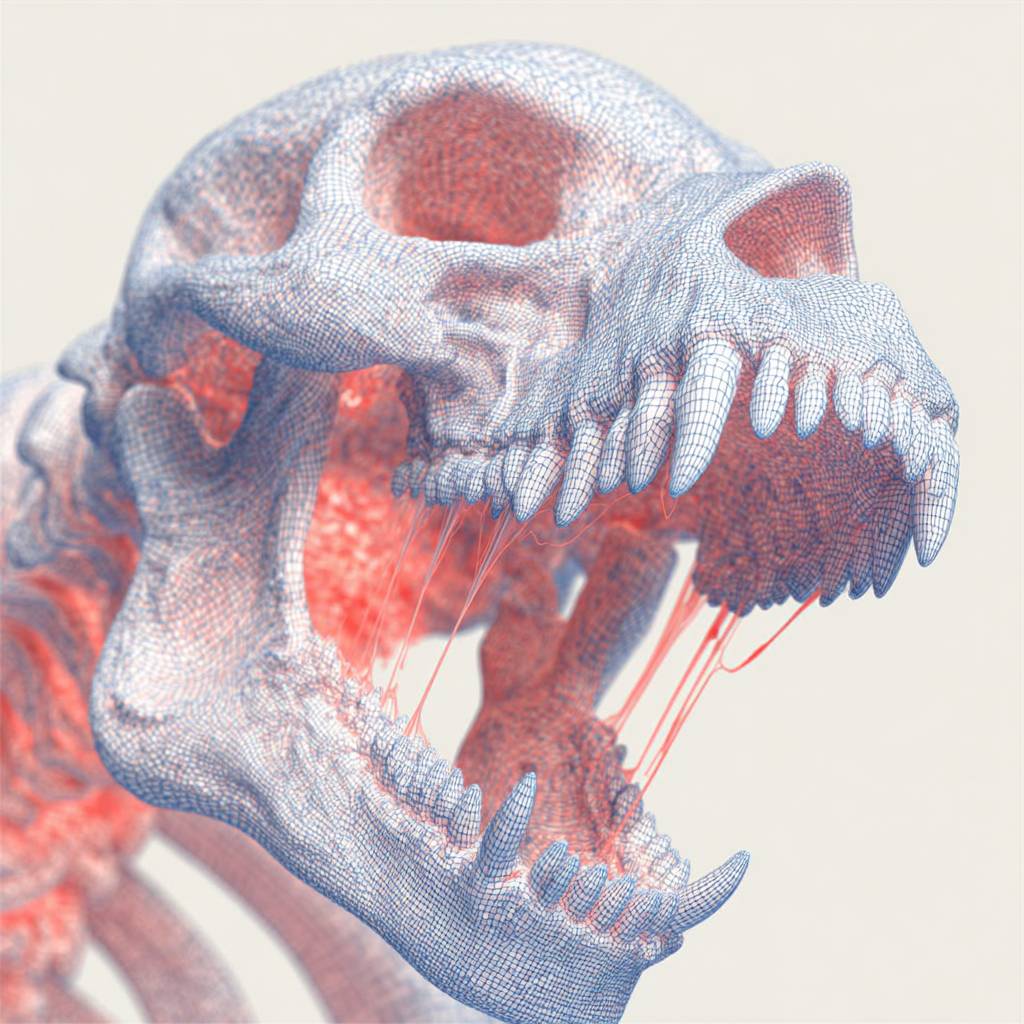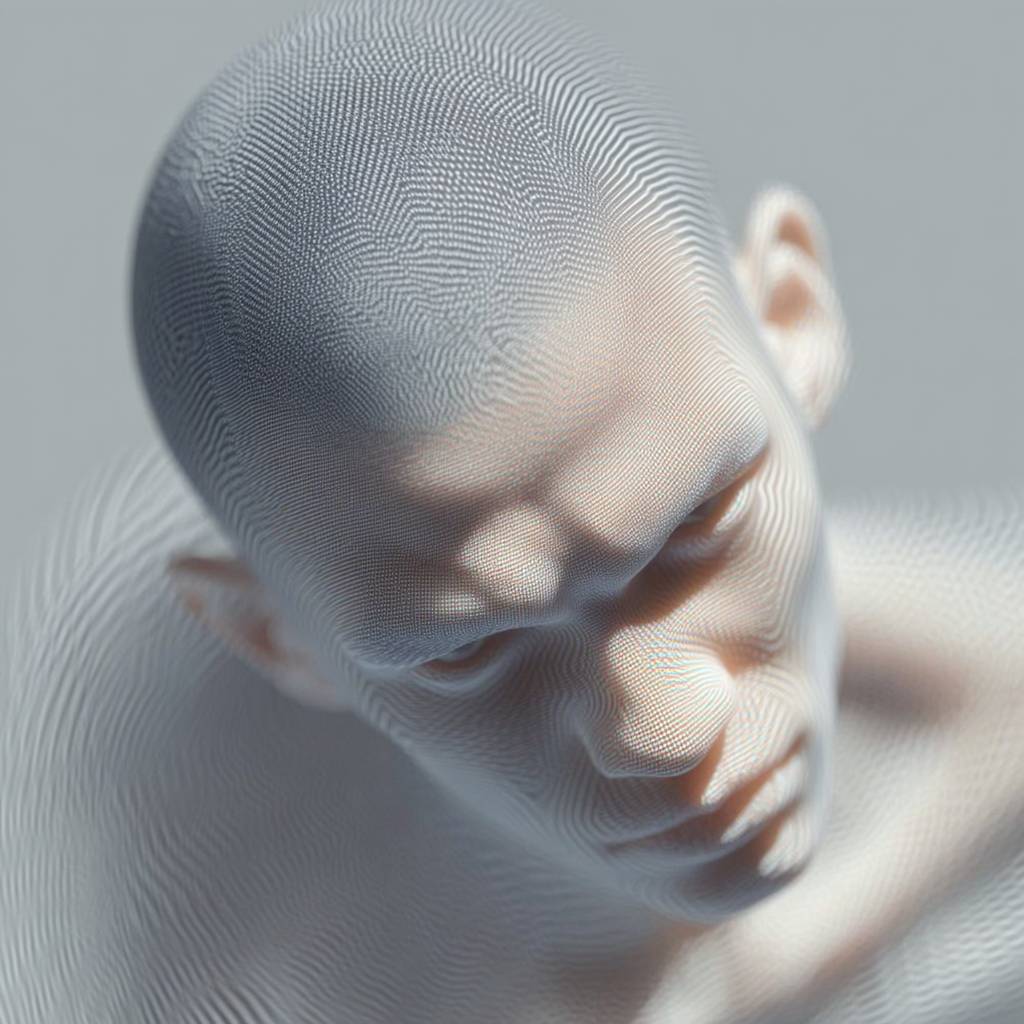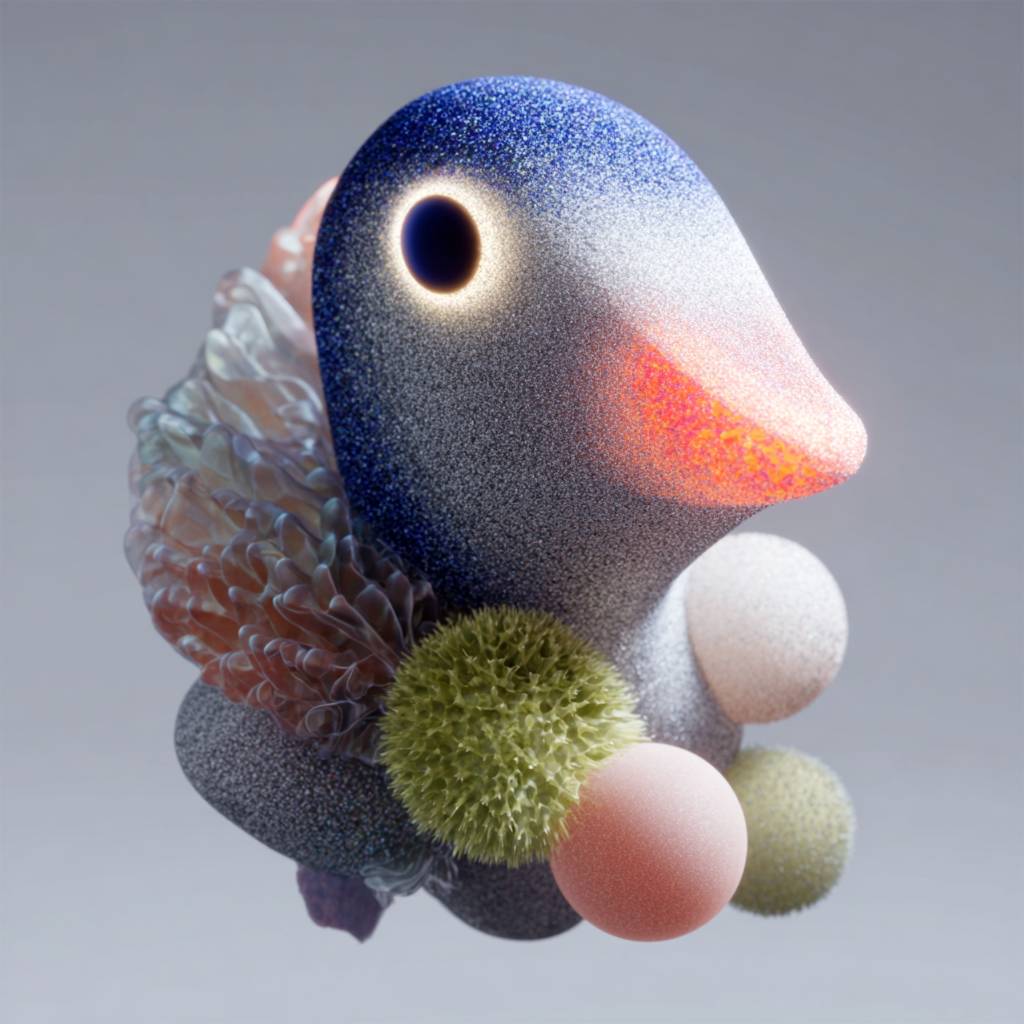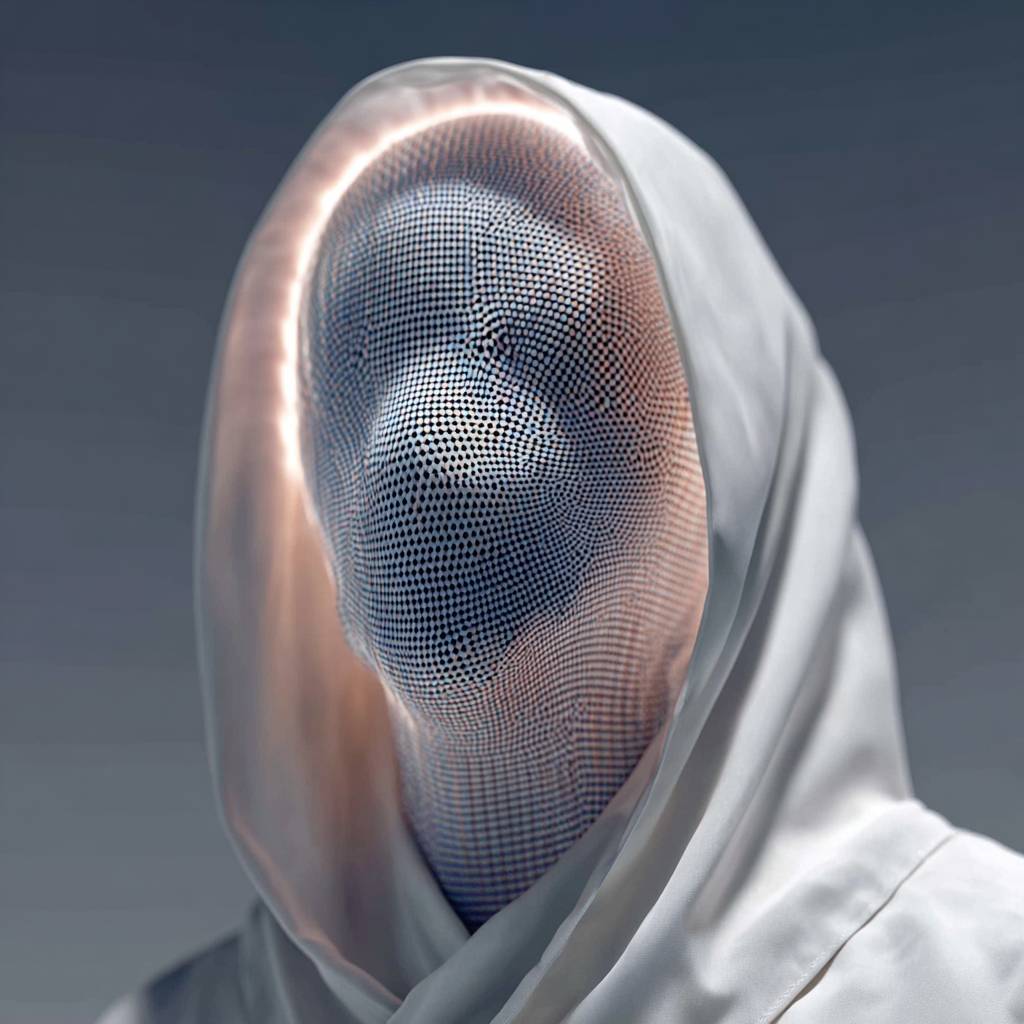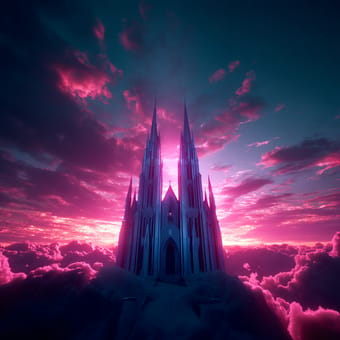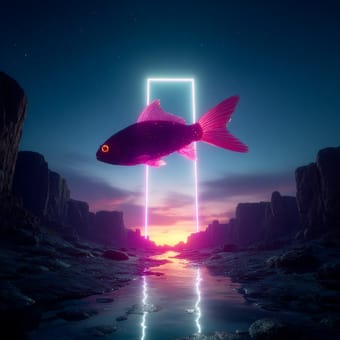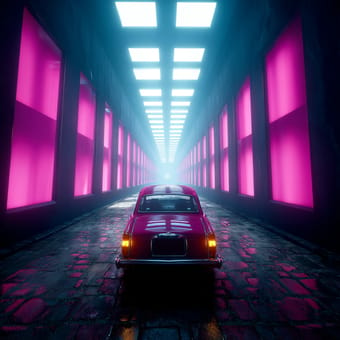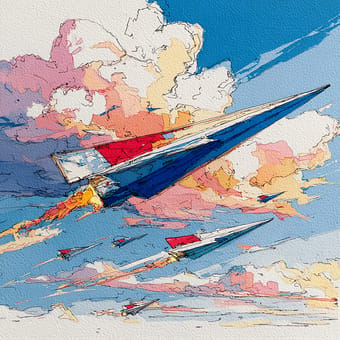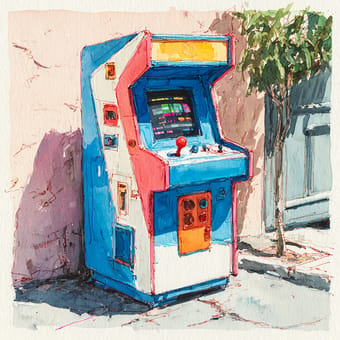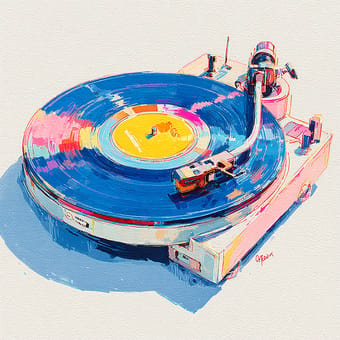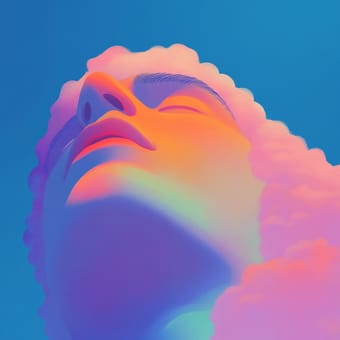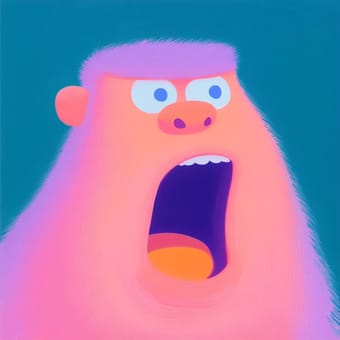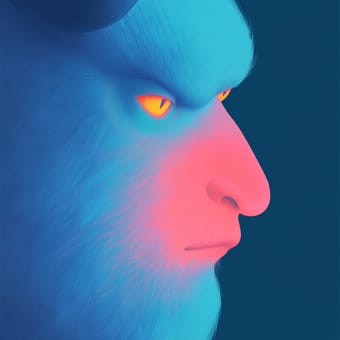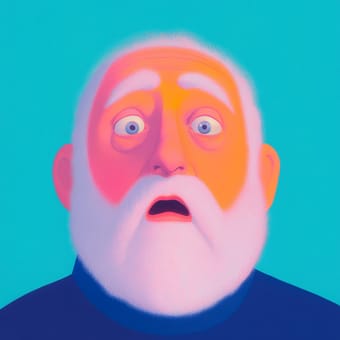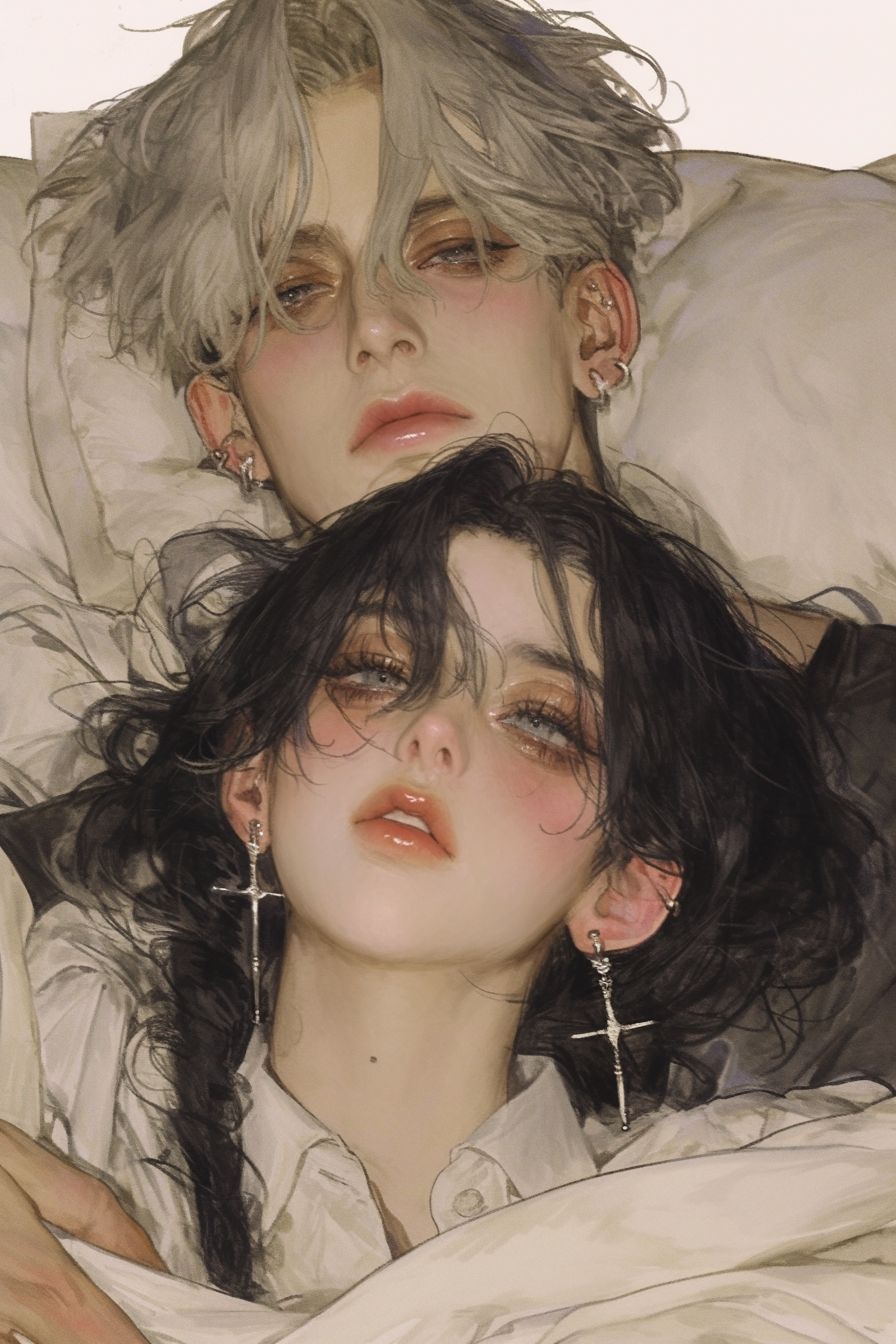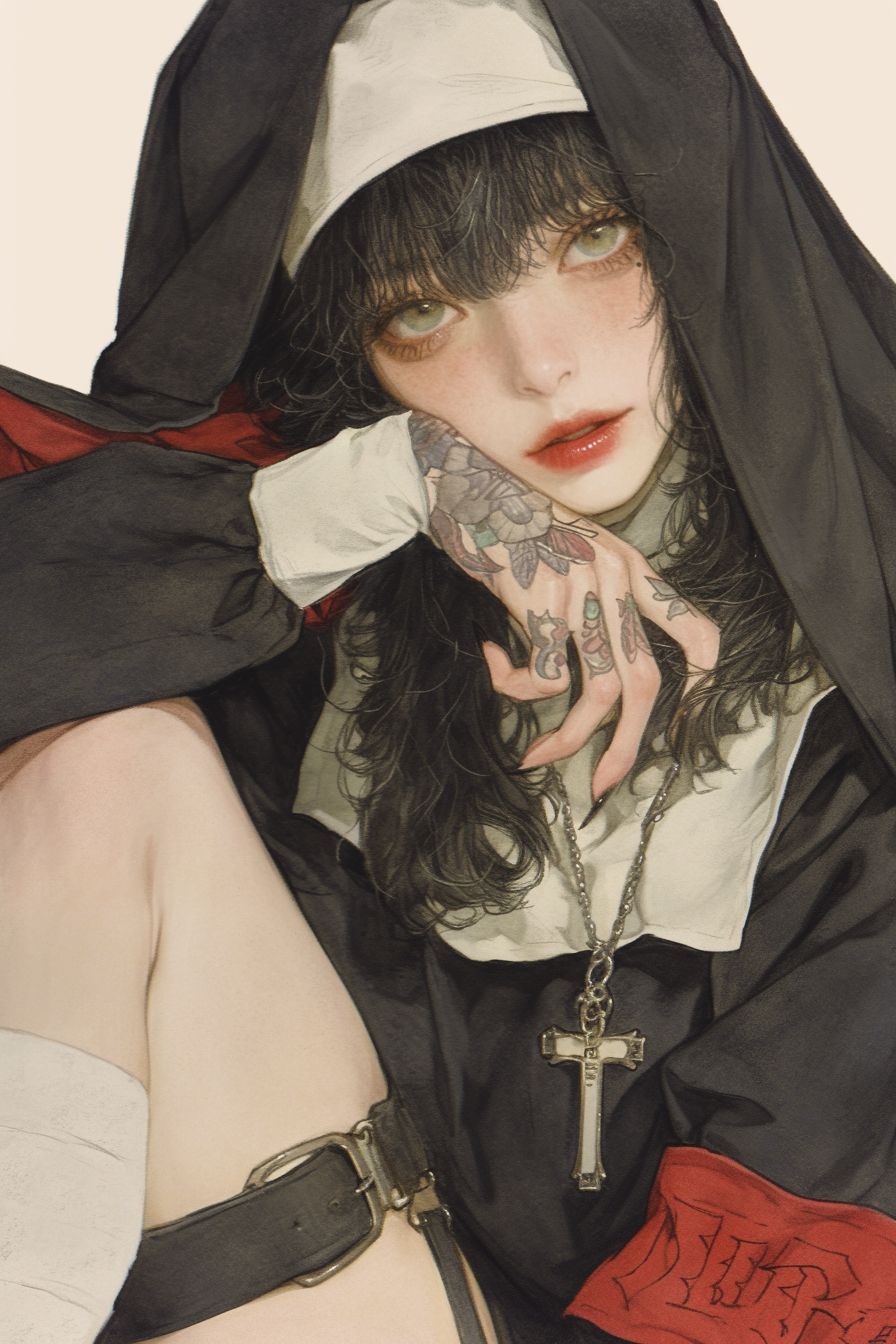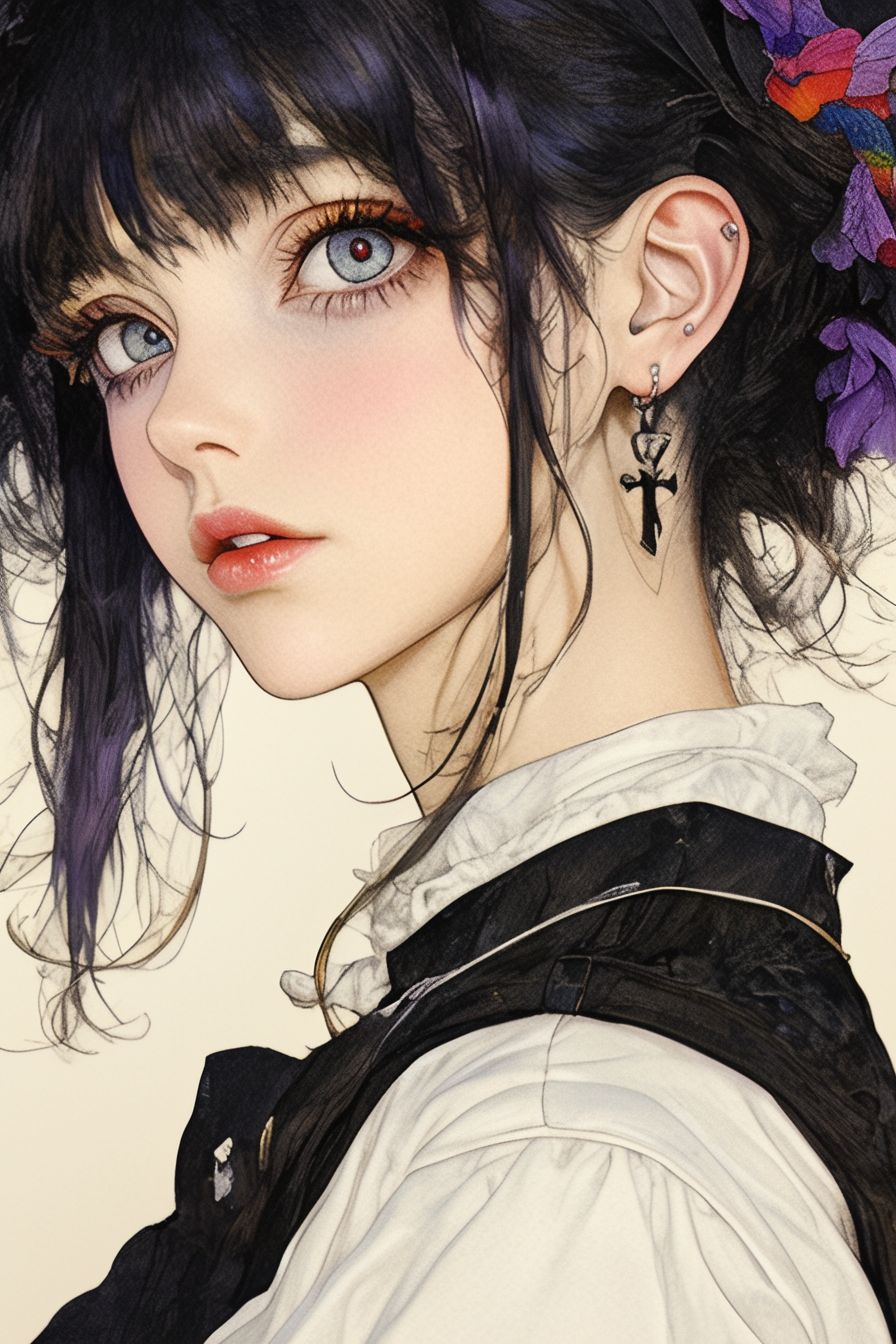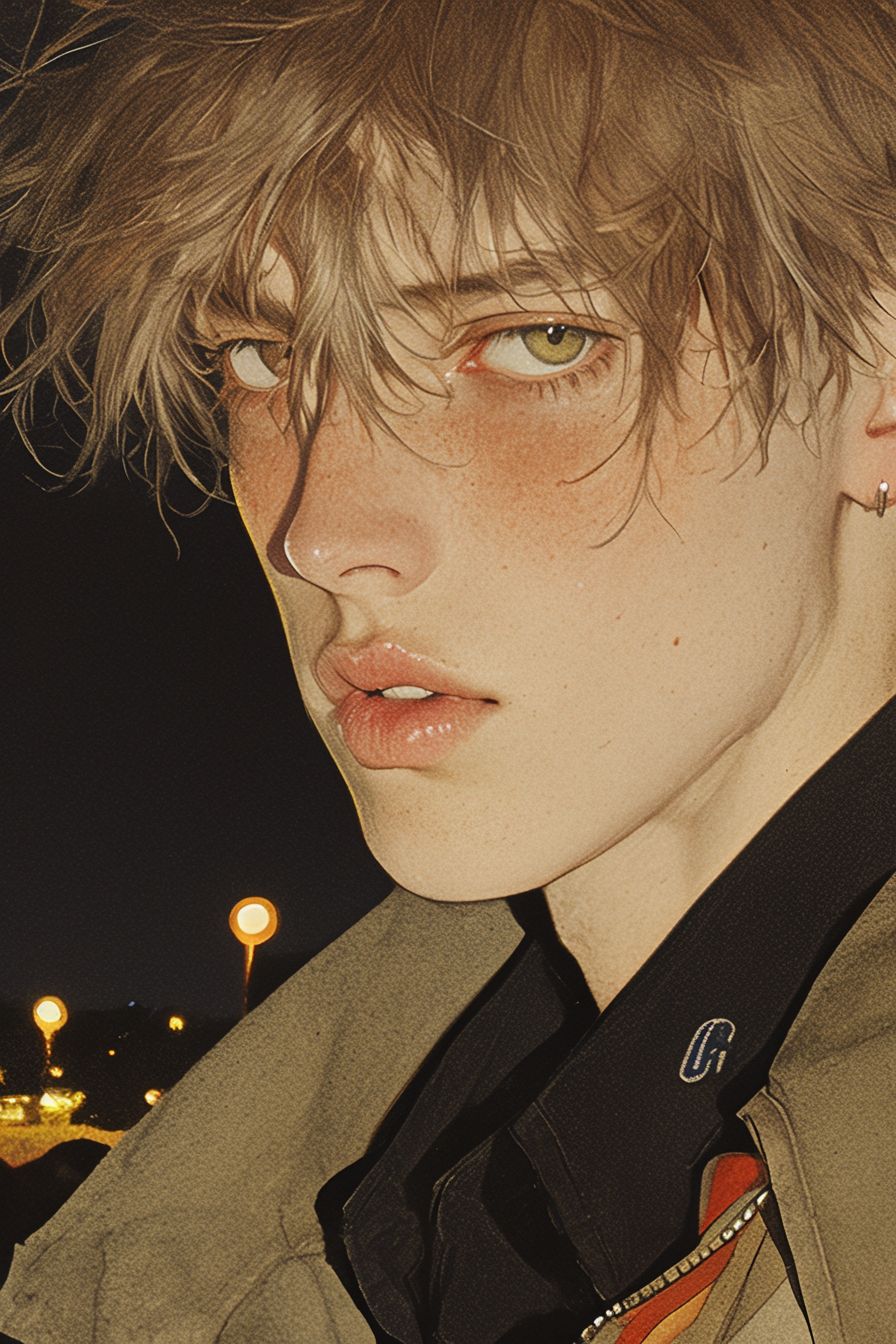Style Type
This SREF style merges the aesthetic characteristics of digital surrealism, parametric design, and new futurism. It draws upon the digital art language of artists like Beeple and Refik Anadol, creating a visual experience that exists between virtual and reality through algorithmically generated grid textures and gradient colors. This style belongs to the cutting-edge school of contemporary digital art, reinterpreting traditional sculpture and formal aesthetics with the precision of computer graphics, perfectly combining cold technological sensation with warm organic forms.
Style Characteristics
The most distinctive features of this SREF are dense grid texture coverage and a metallic gradient color system. All forms are wrapped in delicate dot matrix or linear structures, creating a digital fabric-like tactile quality. The color palette favors warm-cool contrasts—transitioning from deep blue-violet to warm coral red or amber gold, these gradients are not random but precisely calculated light and shadow simulations. The surface texture presents a premium matte metallic quality, possessing both technological sharpness while retaining a touch of softness and mystery. What makes this style impressive is its successful transformation of algorithmic aesthetics into perceivable emotional experiences—cold data structures remarkably conveying warmth and vitality.
Recommended Application Scenarios
This style is particularly suitable for technology brand visual identity systems, metaverse project concept design, music album covers (especially electronic and experimental music), high-end fashion brand digital campaigns, sci-fi film or game character and scene concept art, NFT digital art collectibles, architectural and product design visualization previews, and visual materials for tech exhibitions or art installations. It excels at expressing futurism, high technology, and abstract concepts, infusing brands with avant-garde yet profound visual impressions.
Recommended Prompts
- holographic surface: Enhances the optical properties of materials, allowing grid textures to produce richer light and shadow variations and spatial depth, adding immersive qualities of virtual reality
- parametric design: Using this strengthens the precision and algorithmic sense of geometric structures, making forms display more obvious mathematical patterns and architectural aesthetics
- iridescent gradient: Adding this element elevates color fluidity and dreamlike texture, making metallic gradients produce mother-of-pearl-like transformative effects, enhancing visual sophistication and artistic expressiveness
 Library
Library